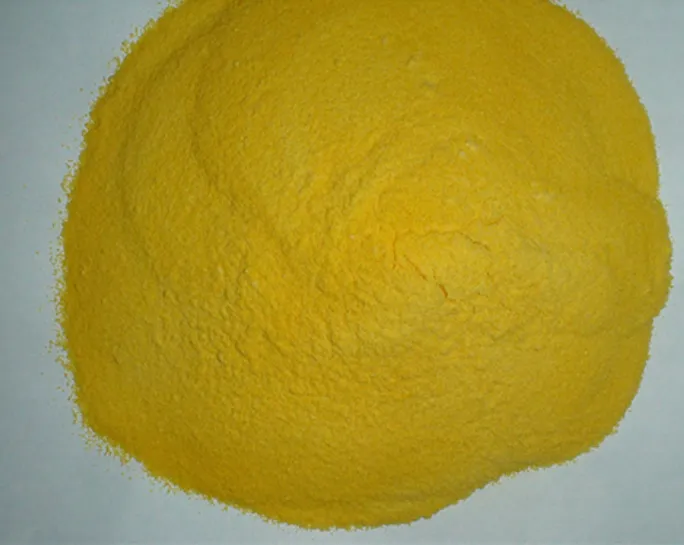coagulants and flocculants
Coagulants and Flocculants Essential Agents in Water Treatment
Water treatment is a critical process that ensures our water supply is clean, safe, and suitable for consumption. Among the various methods employed in this field, the use of coagulants and flocculants plays a significant role in the purification process. These agents are essential for removing suspended particles, organic materials, and other impurities from water, making them pivotal in both municipal and industrial water treatment applications.
Understanding Coagulants
Coagulants are chemicals that promote the agglomeration of particles suspended in water. When introduced into water, they destabilize the particles' charges, allowing them to come together to form larger aggregates known as flocs. Common coagulants include aluminum sulfate (alum), ferric chloride, and polyaluminum chloride. Each of these agents has specific properties and optimal conditions for use, often determined by the characteristics of the water being treated.
The coagulation process typically begins with the addition of coagulants to the water. This is followed by rapid mixing, which helps distribute the coagulant uniformly throughout the water. The chemical reaction that occurs leads to the neutralization of charges on the particles, enabling them to bind together. This initial stage is crucial because it sets the stage for effective floc formation and subsequent removal of contaminants.
Flocculation The Next Step
Once coagulation has taken place, the next step is flocculation. Flocculation is a gentle mixing process that allows the newly formed flocs to grow larger and denser. During this stage, the water is stirred slowly to encourage the agglomeration of smaller flocs into larger ones that can be more easily removed from the water. This process may involve the addition of flocculants, which are often polymers that help bind particles together, enhancing the efficiency of the flocculation process.
coagulants and flocculants

Flocculants can be cationic, anionic, or non-ionic, depending on their charge and chemical structure. The choice of flocculant is essential, as it must be compatible with the coagulant used and effective in the specific water treatment situation. The use of flocculants not only improves the settling rate of the flocs but also enhances the quality of the treated water by reducing the concentration of residual solids.
Applications in Water Treatment
The application of coagulants and flocculants spans a wide range of industries and uses. In municipal water treatment plants, these agents are used to treat drinking water and wastewater, ensuring compliance with health regulations and environmental standards. Similarly, industries such as paper manufacturing, mining, and food processing utilize these chemicals for managing wastewater, recovering valuable resources, and minimizing environmental impact.
Moreover, the effectiveness of coagulants and flocculants is influenced by various factors, including water temperature, turbidity, pH levels, and the presence of specific contaminants. Therefore, water treatment professionals must carefully monitor these parameters and adjust chemical dosages to optimize performance.
Conclusion
In summary, coagulants and flocculants are vital components of effective water treatment processes. Their ability to facilitate the removal of suspended solids and impurities not only ensures the safety and quality of water but also contributes to environmental sustainability. As water treatment technologies continue to evolve, the careful selection and application of these agents will remain central to achieving clean water objectives, ultimately supporting public health and ecological balance. Understanding the roles and mechanisms of coagulants and flocculants allows for more efficient water treatment solutions, benefiting society as a whole.
-
Water Treatment with Flocculant Water TreatmentNewsJun.12,2025
-
Polymaleic AnhydrideNewsJun.12,2025
-
Polyaspartic AcidNewsJun.12,2025
-
Enhance Industrial Processes with IsothiazolinonesNewsJun.12,2025
-
Enhance Industrial Processes with PBTCA SolutionsNewsJun.12,2025
-
Dodecyldimethylbenzylammonium Chloride SolutionsNewsJun.12,2025





